Featured

How To Switch Music Streaming Services
Whether you’re chasing a better deal, sick of poor pay for artists, or simply exploring what’s out there, this guide will walk you through everything you need to know about switching music streaming services.

The Best Playlist Transfer App for Moving Music Between Platforms
What is the best way to transfer playlists from Spotify to Apple Music? How can you transfer music to a different service? We gotcha, all that and more!

Switch Platforms, Keep Your Music
Switch platforms but keep your music and playlists. We make it fast and easy to keep your playlists while switching to another music streaming service.
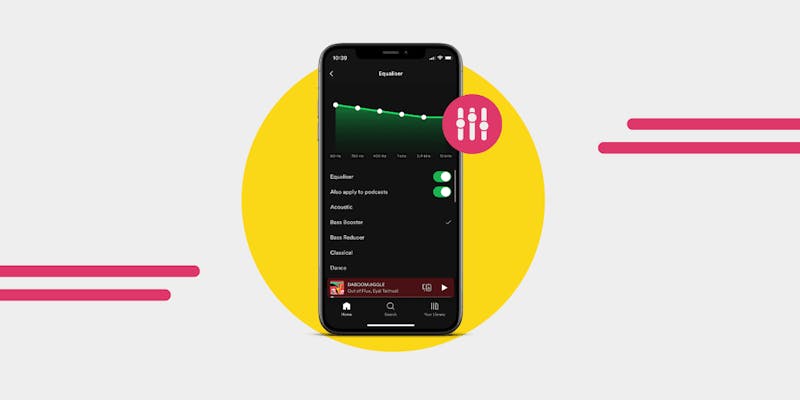
Best Spotify Equalizer Settings
The best equlaizer settings for Spotify. Including manual settings for bass, classical music, rock music, and podcasts.

Best Free Music Download Sites for Legal MP3 Downloads
Discover the top free music download sites for legal MP3 downloads. Access thousands of songs without breaking the law!

260+ Spotify Playlist Names - Aesthetic, Funny, Chill, Sad
Sometimes it takes a lot of work to come up with a great playlist name. Our list can help you save some time and find you the right name.
Recent

How to Backup Any Playlist Including Spotify.
You can quick create playlist backups using the Free Your Music app. Whether you're moving from Spotify to Apple Music, Tidal to YouTube Music, or any other music platform, file backup is the perfect solution for organizing and preserving your playlists.
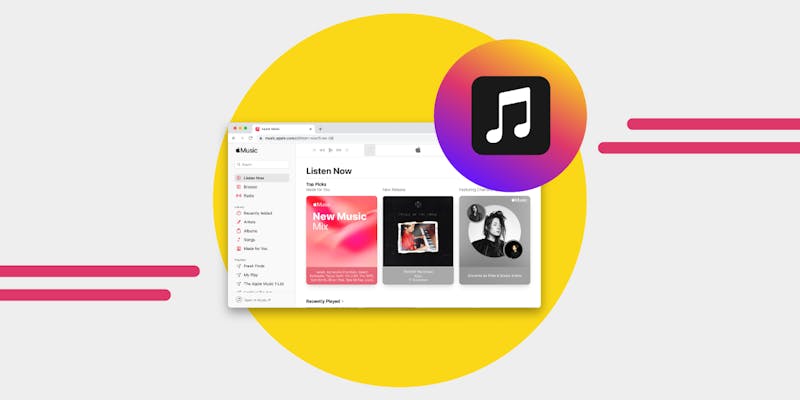
Apple Music Web Player Complete Guide
Like most music streaming services, it is possible to use Apple Music on your web browser. But as a new user, you probably need to learn how to go about it. So, here's our quick guide!
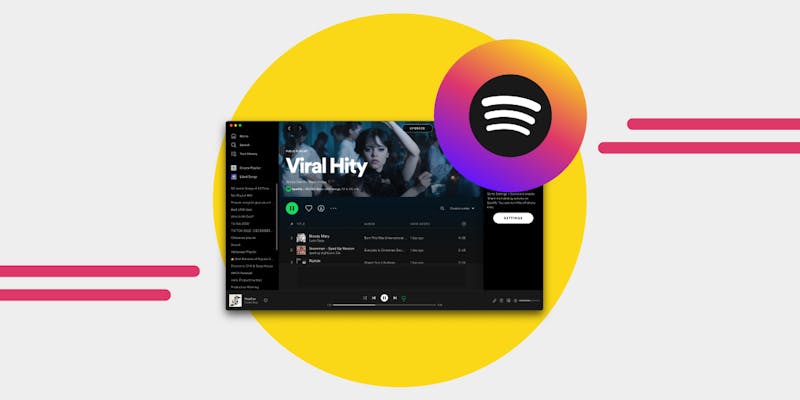
How to Download Spotify on Mac + Why You Need It
Are you a Mac user who prefers Spotify to Apple Music but needs help downloading it on your device? Here’s a quick guide to help you!

How to Combine Playlists on Spotify [Verified Fastest]
The fastest way to combine Spotify playlists on mobile, desktop or app.
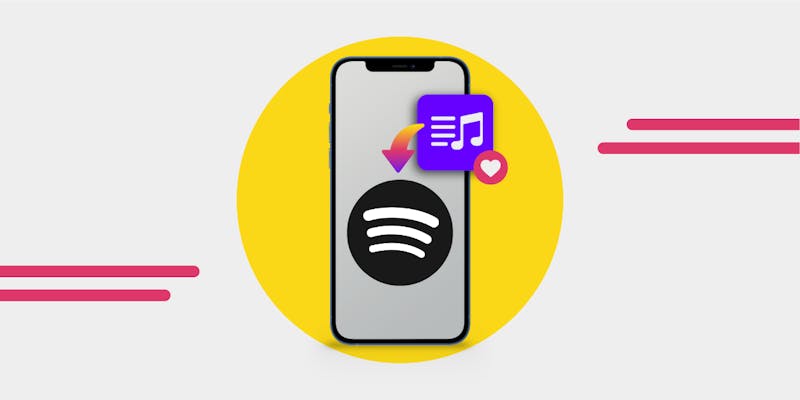
[Solved] How to Share Liked Songs on Spotify in 3 Steps
To share all Liked Songs, select the first song and hold CTRL + A (CMD + A for MacOS) and drag them to a new playlist. You can then share that playlist.
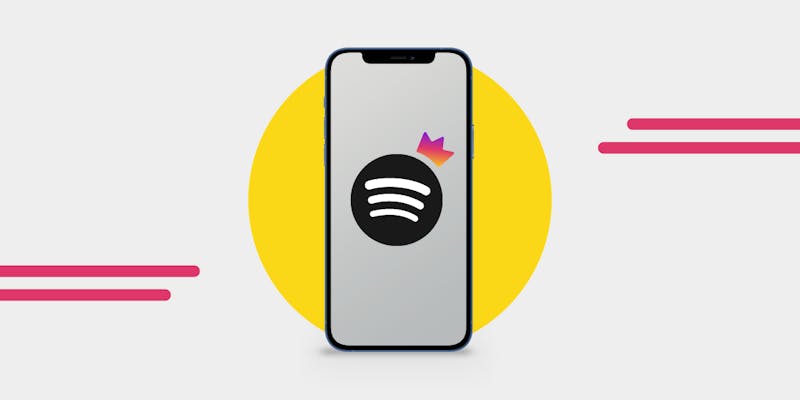
Spotify Premium - How to Get It, Upgrade, and Enjoy Its Best Features
You are probably new to Spotify and want to know how to get the premium plan on your device. Click here to find out the step-by-step process and more!

How To Switch Music Streaming Services
Whether you’re chasing a better deal, sick of poor pay for artists, or simply exploring what’s out there, this guide will walk you through everything you need to know about switching music streaming services.
50 Iconic Songs Of All Time, According to Science
According to science, these are the top 50 best songs of all time. The results may surprise you: some of your favorites are on here—and some of them might even be new to you!
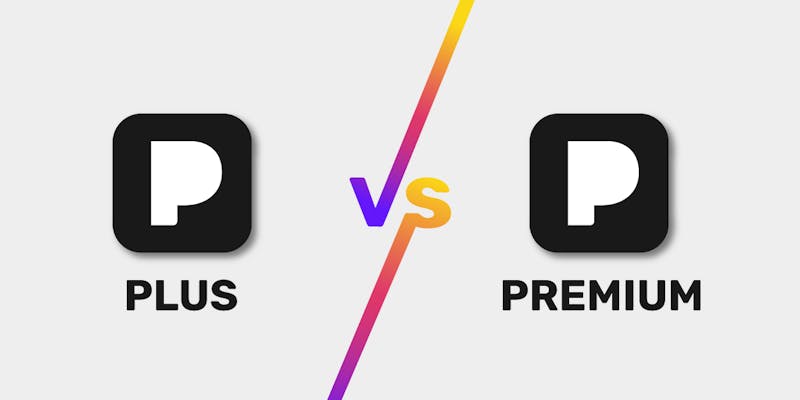
Pandora Plus vs Premium Which Plan is Better?
You are probably stuck between Pandora Plus and Premium and are unsure about which of the plans is ideal for you. Here’s all you need to know to help you decide!
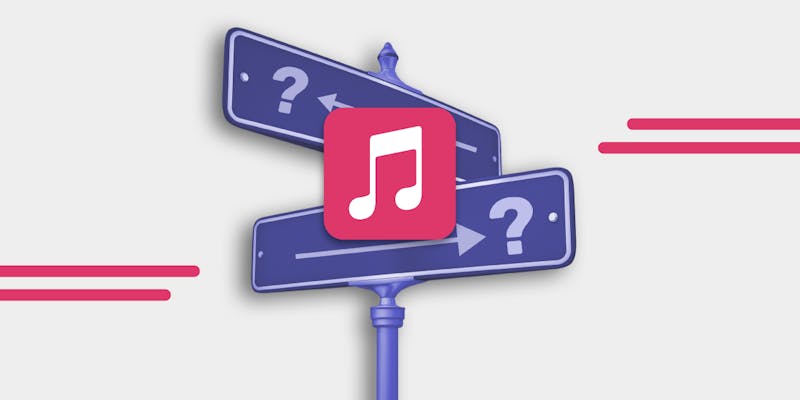
Top 10 Apple Music Alternatives in 2025
Looking for an alternative to Apple Music? Whether you’re seeking better sound quality, lower pricing, or more features, there are several great streaming services out there. Explore the top alternatives that might better suit your needs in 2025.
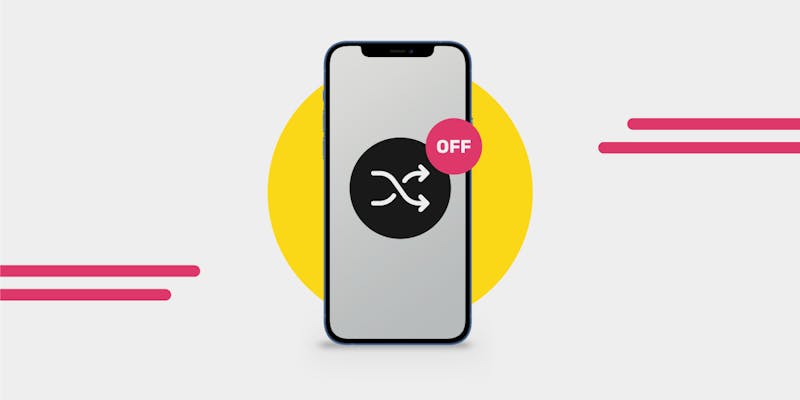
How to Turn Off Shuffle on Spotify and Fix Shuffle Issues
Spotify’s shuffle feature is a great way to mix up your music, but it can sometimes disrupt your playlist flow. Here’s how to turn it off on any device, whether you’re a free or premium user.
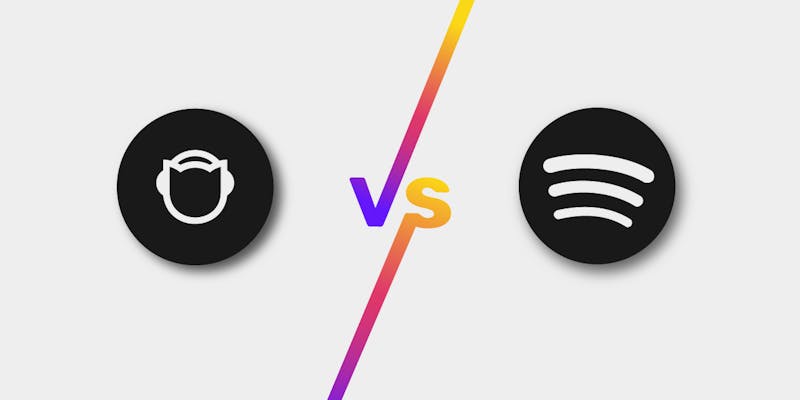
Napster vs Spotify: Comparing Music Streaming Services in 2025
Are you stuck between Spotify and Napster and are not sure about which one is ideal for you? Here’s everything you need to know about both services to help you decide.
Music Marketing

Top 11 Music Marketing Strategies for 2025
Music marketing evolves quickly, and what worked in 2015 may not have been effective in 2019, nor will it likely be in 2025. Connecting with your audience can feel challenging in an ever-changing landscape. Want to know how to market your music in 2025? These 11 music marketing strategies will help you stand out and grow your fanbase.

Women in Music
The power of women in music: spending power, support, trailblazers and how you can support women in the music industry.
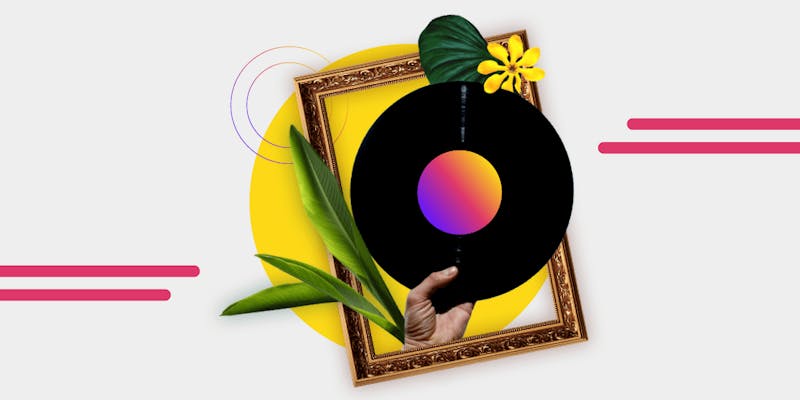
How to Make Cool Playlist Covers
Create a custom and beautiful playlist cover for your Spotify playlists. Here are the best tips, apps and recommendations!

Music Industry Trends for 2024
2024 music trends: AI playlists, TikTok's influence, high-res audio, Gen Z's impact, podcast growth, and better artist pay on leading platforms.

Introducing SongsBrew
SongsBrew is your unique source for music industry insights, streaming trends, and data. It's not just a newsletter; it's a must-have for everyone in the music industry and people who love music.
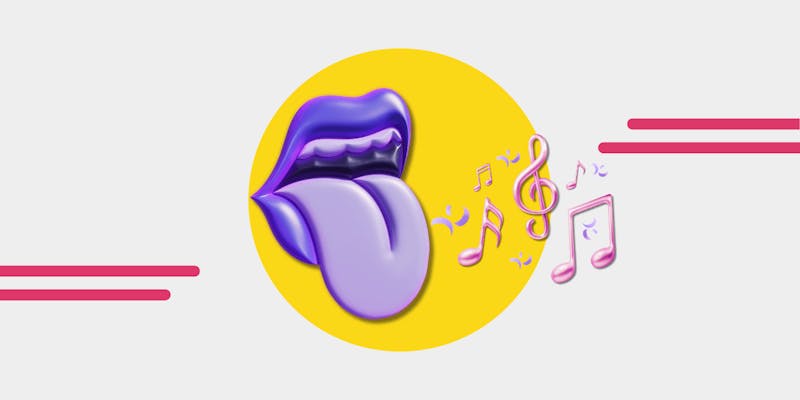
Turn Playlist Passion into a Career: Music Curation 101
There has been a rise in music curation, first as a hobby and then as a side hustle or full-time income. Find out more about becoming music curator.
Comparison

Napster vs Spotify: Comparing Music Streaming Services in 2025
Are you stuck between Spotify and Napster and are not sure about which one is ideal for you? Here’s everything you need to know about both services to help you decide.
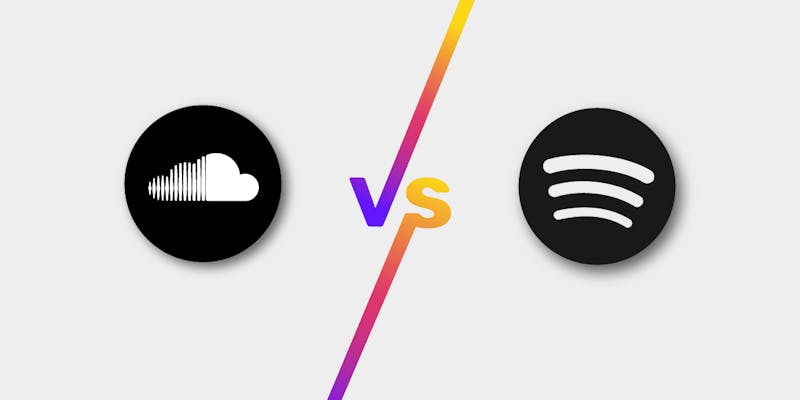
Spotify vs SoundCloud Which One Should You Choose?
Soundcloud is a popular service that allows creators and DJs to upload their music and share it on social networks. Spotify vs Soundcloud - which is better?
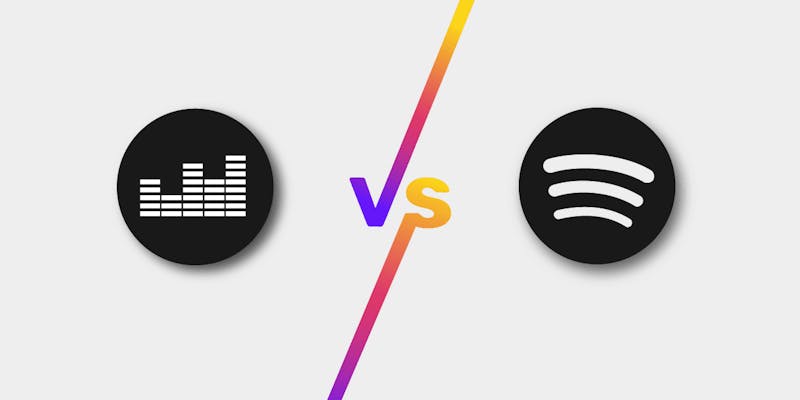
Deezer vs Spotify: Which Music Streaming Service Wins in 2025?
Deezer and Spotify are the two most well-known music streaming platforms. Although similar, especially in terms of their price and the fact that they both offer a free version, they differ in several ways. Deezer vs Spotify - which one to choose?
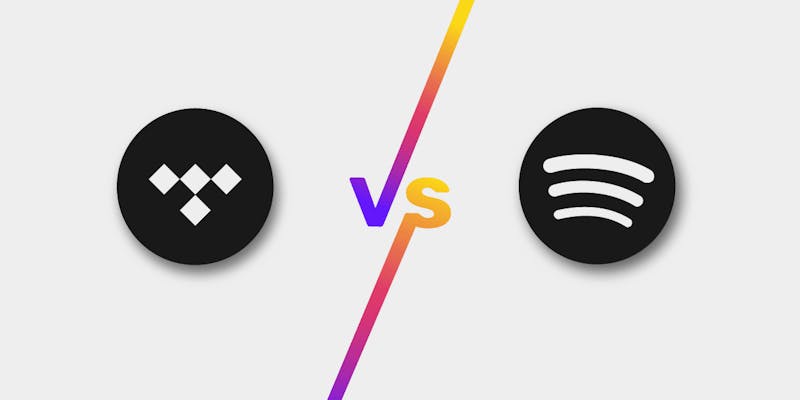
TIDAL or Spotify – Which One Wins in 2025?
TIDAL vs Spotify - Updated comparison for 2024, including the new TIDAL pricing.
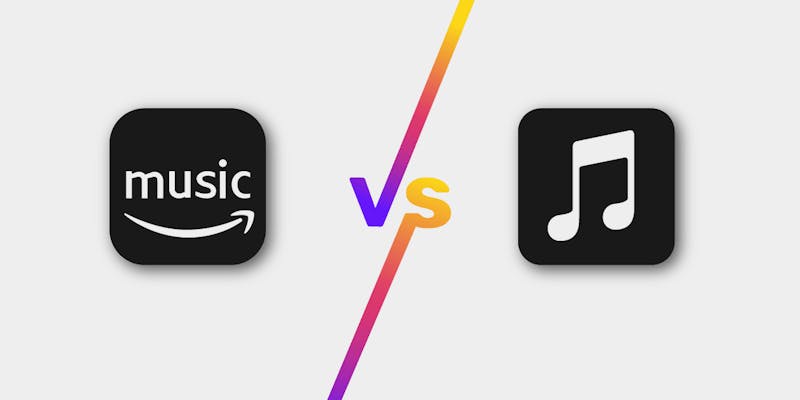
Amazon Music vs Apple Music: Which Streaming Service Wins in 2025?
Choosing between Amazon Music and Apple Music can be tricky with both offering vast music libraries, high-quality audio, and unique features. In this guide, we’ll break down the differences in pricing, sound quality, and exclusive content to help you decide which music streaming service is right for you.
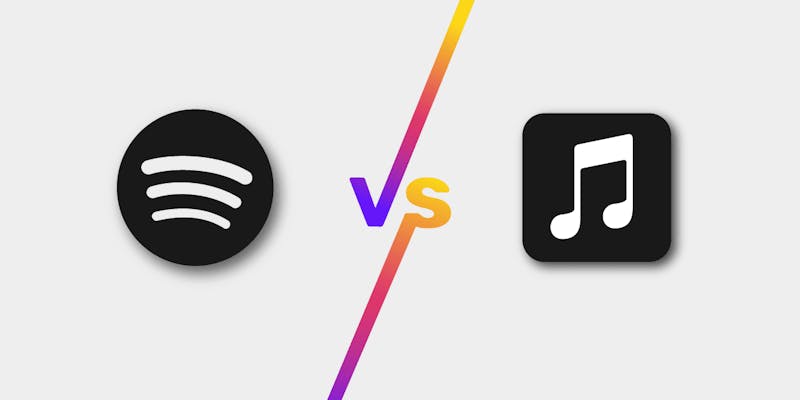
Spotify or Apple Music: Which is Best for You in 2025?
Spotify or maybe Apple Music? They're both packed with features - but are made for different users. So which one is right for you?
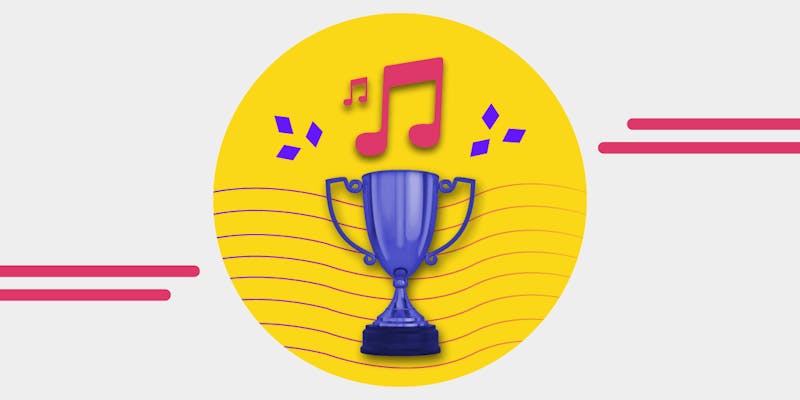
The Best Music Streaming Services to Try in 2025
The are many great music streaming platforms, but which one is the best music streaming service for you?

YouTube Music vs Apple Music: Which Is Best?
Which music streaming service truly deserves your loyalty? YouTube Music vs Apple Music?

Apple Music vs TIDAL: 2025 Sound Quality, Discovery, and Cost.
Apple Music vs TIDAL, which high quality audio streaming service wins? Let's look at sound, features, pricing so you can make the right choice.

Qobuz vs Tidal: Which is Better in 2025?
If you're into seriously good sound, check out this comparison of TIDAL and Qobuz. We've dug into the details and user feedback to help you pick the perfect streaming service for killer audio.

Amazon Music vs Spotify: 2025 review
Is Amazon Music or Spotify better? Let's take a look at the features, audio quality and price so you know which is best for you.
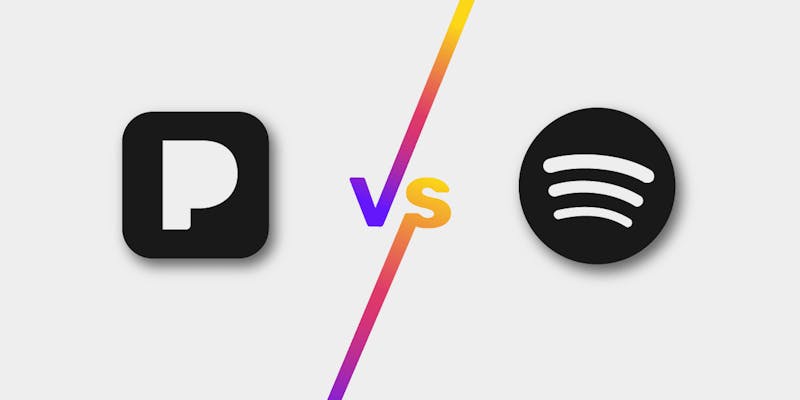
Pandora vs Spotify—Which One is Best?
Pandora vs. Spotify: Which streaming service offers better features, free tiers, and sound quality?



